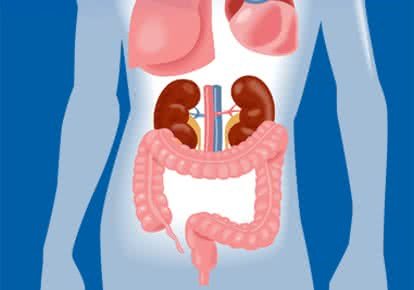Mucopolysaccharidosis?
summary
Mucopolysaccharide storage disease is caused by the mutation of mucopolysaccharide degrading hydrolase in human cells, resulting in the loss of its activity. Mucopolysaccharide can not be degraded and metabolized, and finally stored in the body. The disease is a very important type of lysosomal storage disease, which can be divided into seven types, including type I, II, III, IV, VI, VII, IX. among them, type III can be divided into four subtypes, i.e. III A, III B, III C, III D. type IV can be divided into IV A and IV B subtypes. Although the pathogenic genes and clinical manifestations of each type are different, it is called mucopolysaccharidosis because the substrate of the accumulation is mucopolysaccharide.
Mucopolysaccharidosis?
Except for type II, mucopolysaccharidosis is an autosomal recessive genetic disease, which is caused by congenital defects of cytolysosomal acid hydrolase. It is characterized by excessive accumulation and excretion of oligosaccharides.
The head is large, boat shaped, with prominent forehead, dense eyebrows, prominent eyes, swollen eyelids, low and flat bridge of nose, and upturned nostrils. The lips are large and thick; The tongue is large and easy to protrude. Gingival hyperplasia, small teeth and wide spacing. The skin is thick, the hair is thick and rough, and the hairline is low.
For example, dermatan sulfate and heparin sulfate bands were found in type I and type II patients, heparin sulfate bands were found in type III patients, and keratin sulfate bands were found in type IV patients. The urine mucopolysaccharide electrophoresis of type III and type IV patients is prone to false negative phenomenon.
matters needing attention
So far, there is no good way to treat this disease, but the curative effect is not ideal. Enzyme replacement and gene therapy are being studied. According to the special clinical manifestations of the disease, combined with family history, X-ray examination and laboratory examination, the diagnosis can be made. High risk families need prenatal diagnosis to prevent the same family from being born with the disease again.














